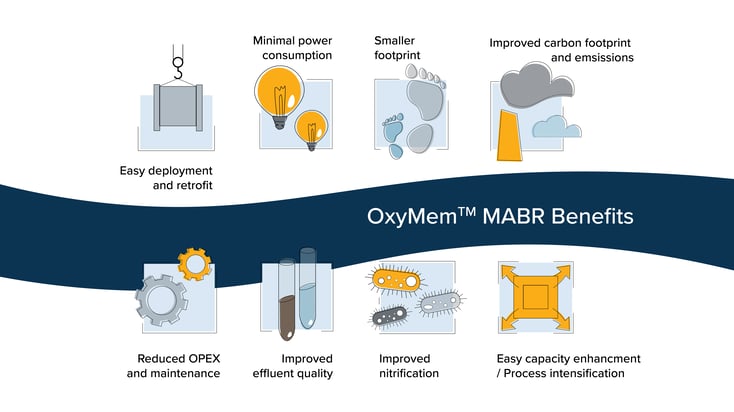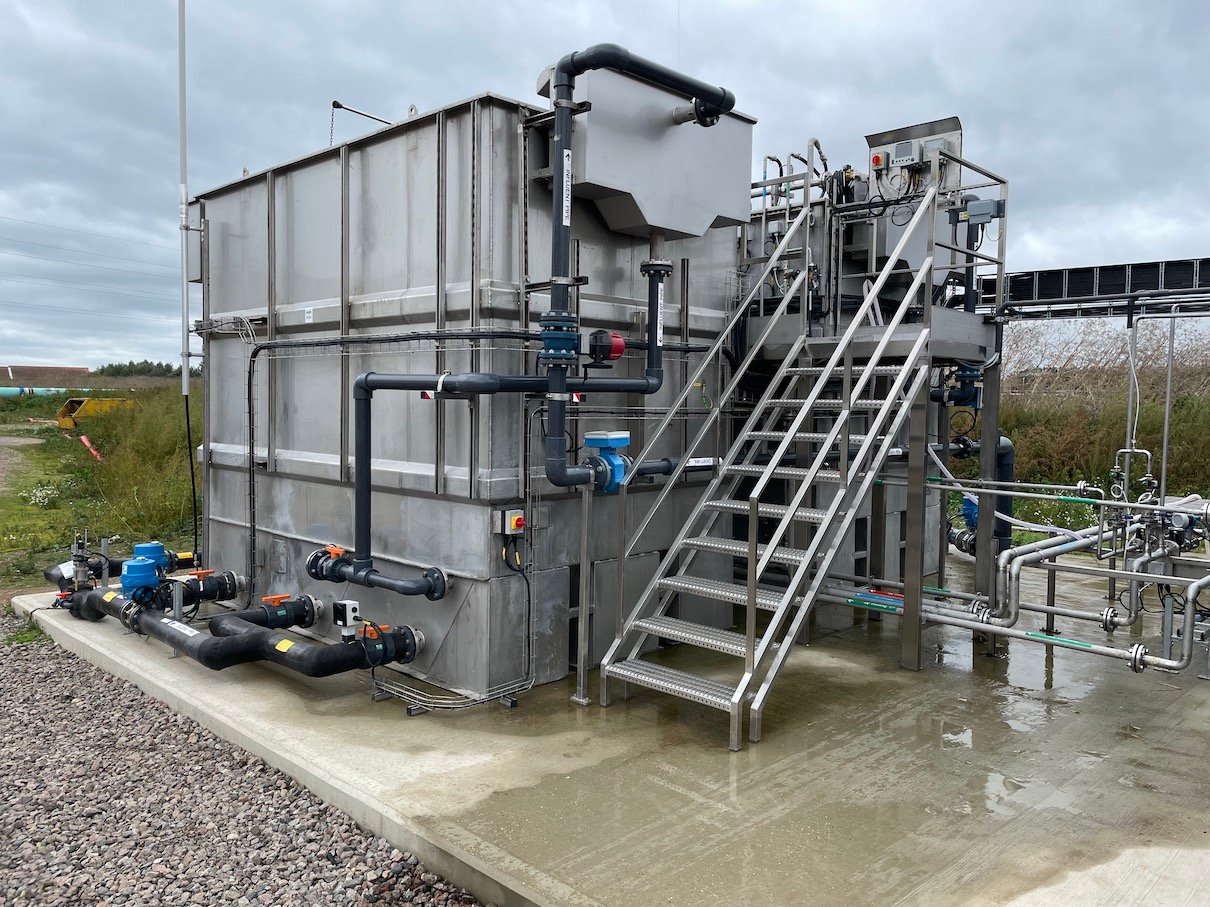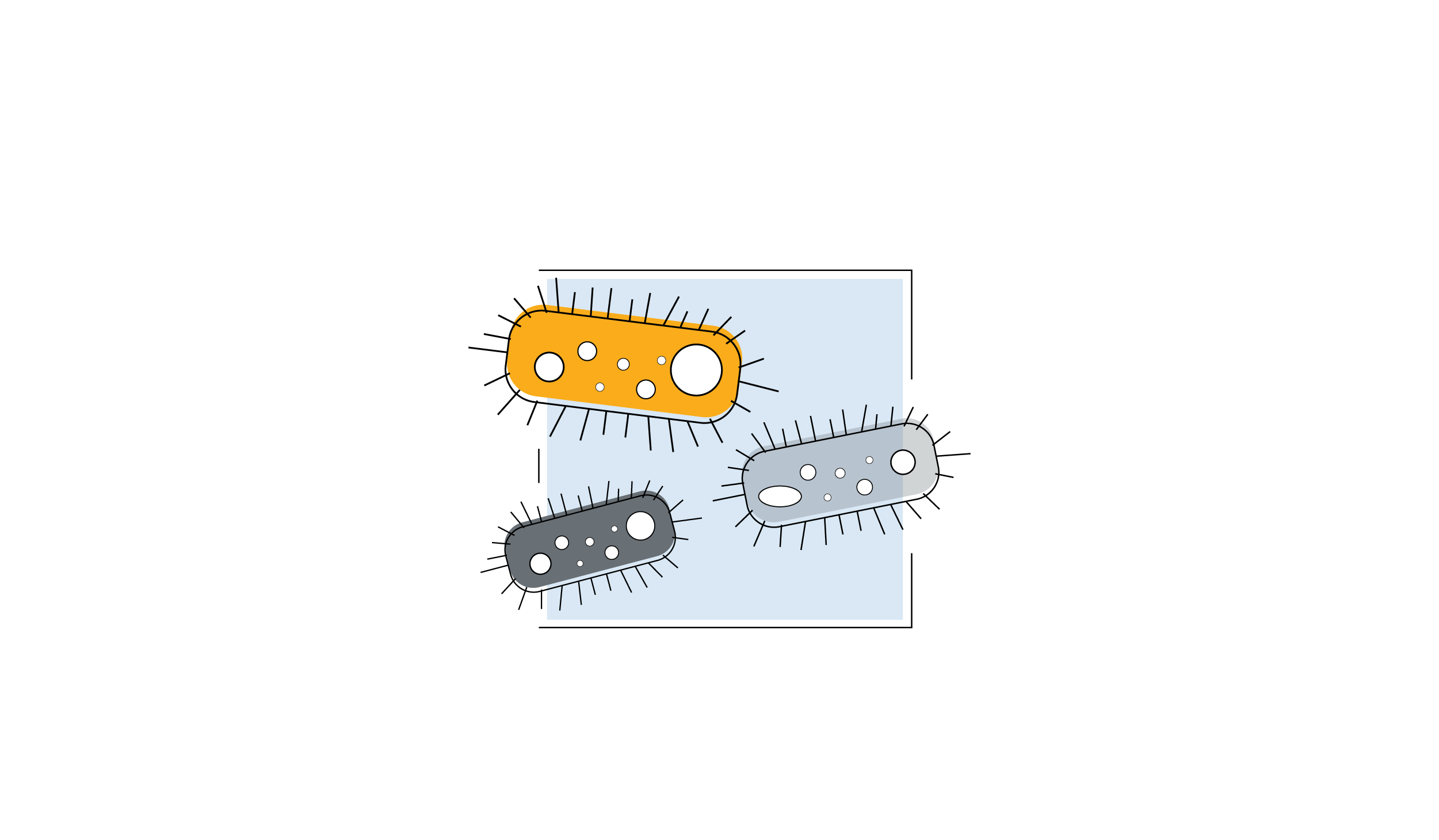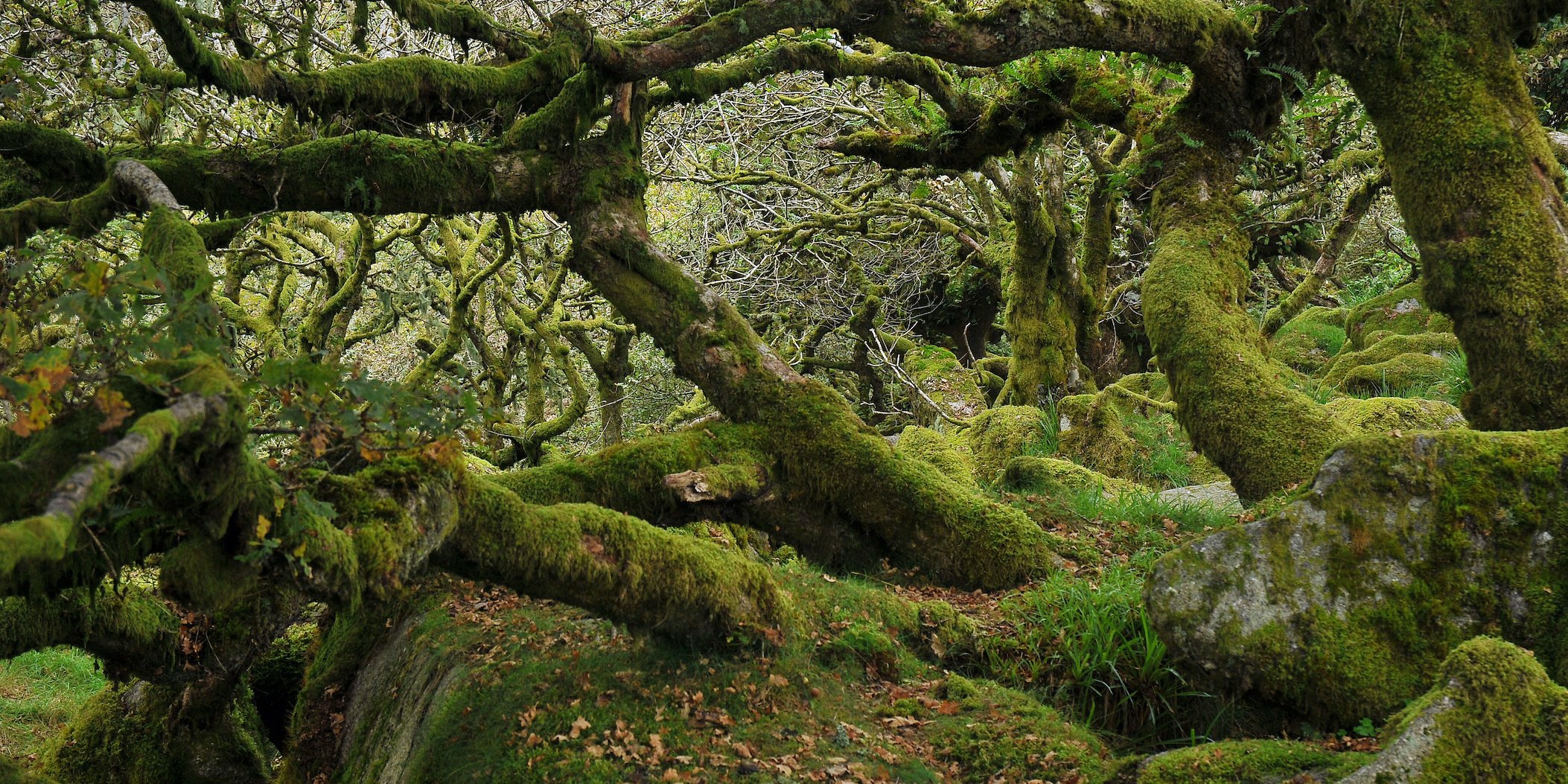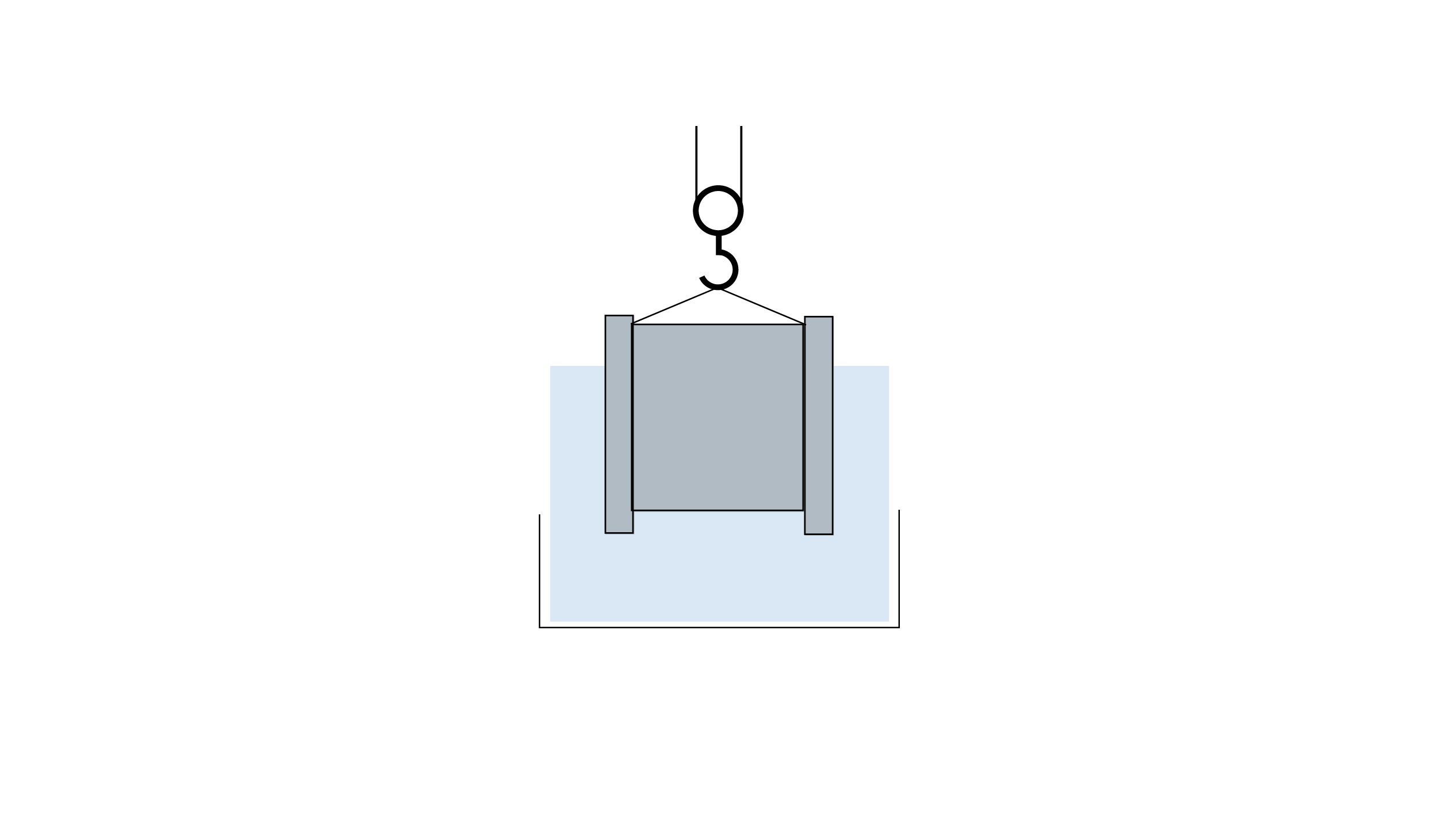Best time to plant a tree is today…
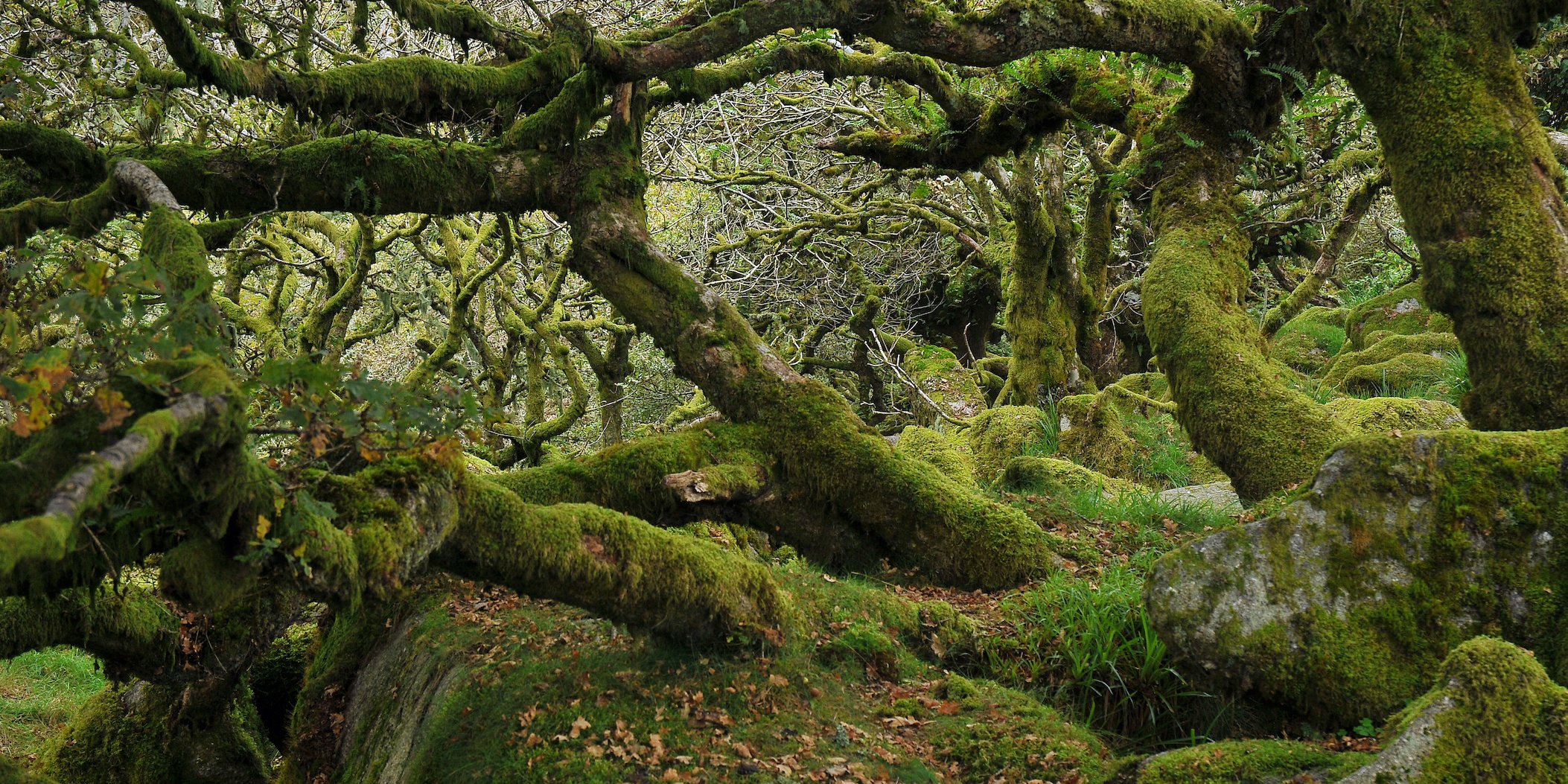
...if you didn't plant it already. As one Chinese proverb says:
The best time to plant trees was 20 years ago, the second-best time is today.
Seasons and geographies may influence. In Ireland for example, the Agriculture and Food Development Authority recommends tree planting between November and March. Trees are dormant during this period and can be safely planted as bare-rooted trees. Planting outside of this seasonal window might be possible if using different variety of trees or techniques. Monty Don, a writer, broadcaster and gardening guru, gives a lot of advice and information on how and when to plant trees successfully, but the main recommendation is always to plant small, young trees as early as possible, i.e. 'now', whether you are enriching public spaces, your own garden or perhaps a large re-forestation area. Trees grow slowly, best start today. Why grow trees for better water supply?
The European Forest Institute describes forests' role in the water cycle. Summarising here:
- Providing clean, fresh water (tree canopies massively produce biological particles which serve as condensation nuclei for rain formation).
- Balancing green water and blue water.
- Flood and erosion protection and climate regulation.
The European Climate Adaptation Platform Climate-ADAPT describes water-sensitive forest management in more detail. We read in its Adaptation Option report:
It is increasingly recognized that both the availability and the quality of water are strongly influenced by forests and that water resources in many regions are under growing threat from overuse, misuse and pollution. The relationship between forests and water is therefore a critical issue that must be accorded high priority.
We keep reading in the report that proper forest management can increase water yield, regulate water flow, and reduce drought stress for a forest. How?
Forests manage the amount of available water by:
- Intercepting precipitation,
- Evaporating moisture from vegetative surfaces,
- Transpiring soil moisture,
- Capturing fog water,
- Maintaining soil infiltration,
- Influencing the timing of water delivery,
- Minimizing impairment of water quality due to sedimentation.
- Protecting water bodies and watercourses by trapping sediments and pollutants from other upslope land uses and activities,
- Providing shade along streams, thus reducing water temperature.
Rainforest close to you
Most of us are always close to at least a few trees. Where I look out on oak trees others may see palm trees. But did you know that as there are different types of rainforests? Chances are there is a rainforest or part of one relatively close to where you live.
NASA's Earth Observatory names two types of rainforests; tropical and temperate.
- Tropical rainforests are found closer to the equator where it is warm.
- Temperate rainforests are found near the cooler coastal areas further north or south of the equator.
What else can we do today to support our natural water cycle?
Today, water management is without doubt aided by planting trees, managing natural rainforests and yes, we can be saving water using trees, but we also need to take care of water pollutants introduced by human activity. Trees can only buffer as much as existing forest volumes allow, and unfortunately at the moment we continue to shrink our established, mature natural water management resource. While we play catch up and endeavor to re-establish our rainforests over the following decades, and while the world continues to use more water than we used to and produce pollutants, year on year, we need to step in and assist our water cycle. Where we take from streams, rivers and lakes, we need to return this precious water, without pollutants, back to our natural watercourses.
Advanced technologies such as those below exist, which we can readily apply to help improve global water quality.
- Reverse Osmosis (RO), a pressure-driven separation process that reduces the smallest of solute particles and treats most ions and large molecules in the water.
- Nanofiltration (NF), a pressure-driven separation process positioned between reverse osmosis and ultrafiltration used to treat colour and pesticides, and to partially soften the water.
- Ultrafiltration (UF) uses a membrane barrier to exclude colloids, bacteria, and more; for pre-treatment in demineralization, industrial water production, drinking water production, or wastewater reuse.
- Ion Exchange (IX) uses polymeric resins capable of exchanging ions; applications include softening, bulk demineralization, trace contaminants removal, and condensate water polishing.
- Closed Circuit Reverse Osmosis (CCRO) systems can achieve up to 98% while operating under real-world conditions, a mark that most other reverse osmosis systems have yet to achieve.
- Membrane Bioreactor Systems (MBR) MEMCOR® portfolio provides industry-leading efficiency through pressurized and submerged ultrafiltration technology and membrane bioreactor systems.
- Membrane Aerated Biofilm Reactor Modules (MABR) designed by OxyMem™ reduce ammonia discharge levels on wastewater treatment plants, with easily deployed process-intensifying units. Learn how this system works and all its benefits:
